
How psychology works the facts visually explained (DK) (Z-Library)
.pdf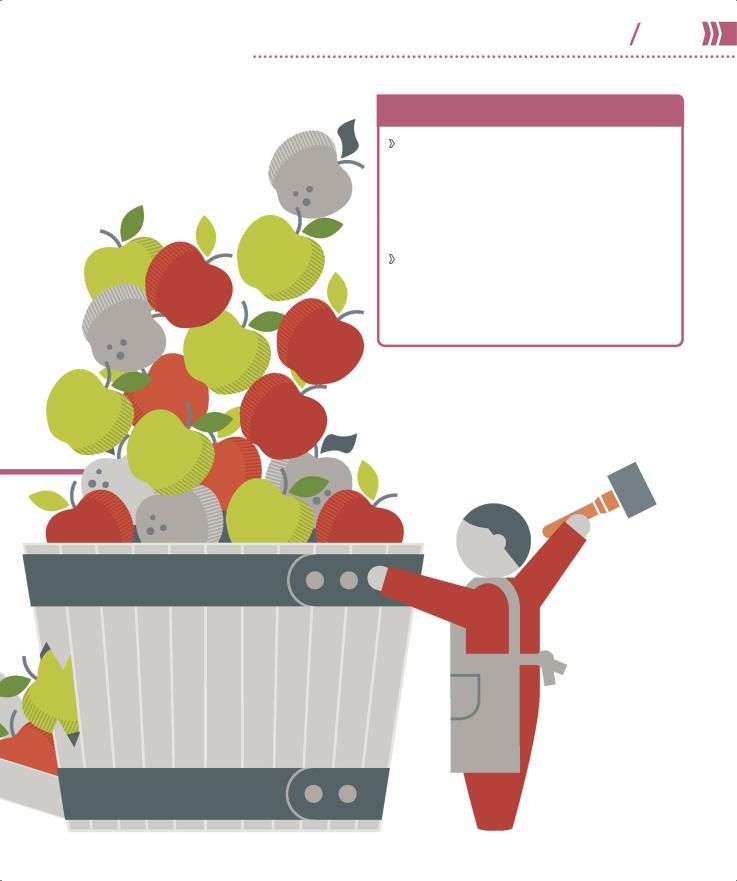
Bad apples
One notion for unethical behavior is that it is carried out exclusively by unethical people, regardless of the situation. These people are the “bad apples” whose evil acts reflect a fundamentally evil disposition.
Bad barrel
This idea holds that people in a bad barrel are not inherently good or bad, but are powerfully influenced by their situation. When ethical people are placed in a bad
situation, they become capable of unethical behavior.
PSYCHOLOGY IN THE REAL WORLD |
208 209 |
Psychology in politics |
SITUATION VS. DISPOSITION
Situationism Philip Zimbardo discovered in his 1971 Stanford prison experiment (p.151) that if you put ordinary people in an extreme situation, the situation can cause them to act against their good dispositions. According to this theory, in alignment with the “bad barrel” idea, everyone is capable of violating their own values and beliefs to obey an authority figure, so evil deeds are not necessarily the work of evil people.
Dispositionism From this perspective, a person’s disposition is more powerful than any social situation. If people behave badly, it is because they are basically bad, what Zimbardo called “bad apples.” Fundamentally good people are incapable of evil acts.
“Evil is knowing better, but willingly doing worse.”
Philip Zimbardo, American psychologist
Bad barrel makers
Another notion is that evil is a systemic issue, and that unethical behavior is the result of broad forces creating the conditions for evil. These forces may be cultural, legal, political, or economic.
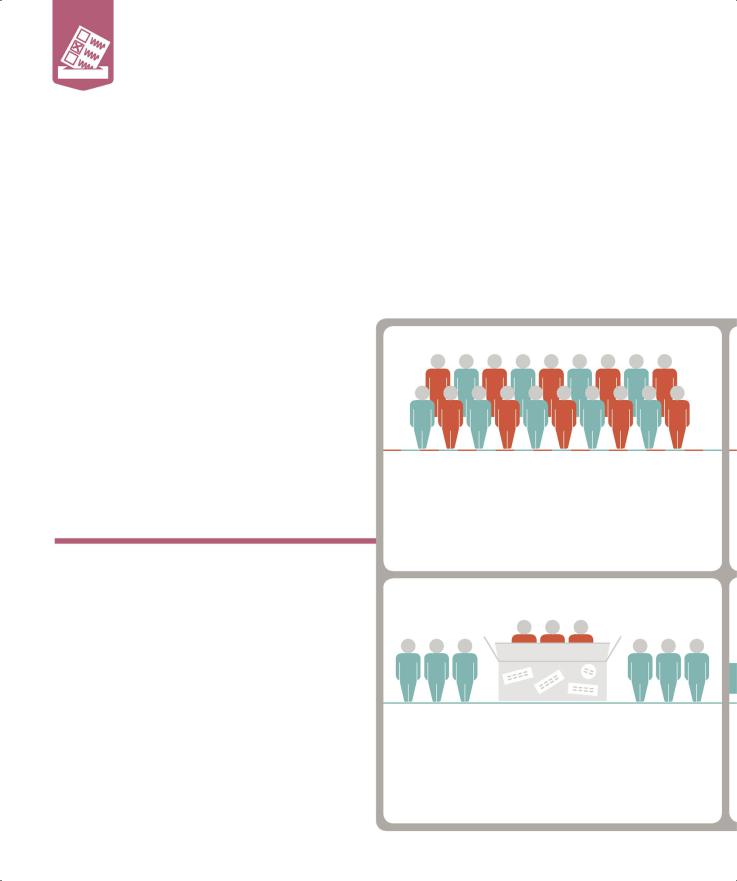
Nationalism
Nationalistic pride can draw people together, but it can also lead to war or even genocide. Understanding how it works can help political leaders to avoid its harmful extremes.
Us and them
Nationalism is a sense of identification among a group of people who share a common history, language, territory, or culture. In its mildest form, it can be a positive force that unites people and creates a sense of patriotism and solidarity. When taken to the extreme, however, it can lead to violence and ethnic conflict.
Psychologically, people like to belong to a group, and social categorization and us-versus-them thinking make it easy to exaggerate differences between in-groups and out-groups. This way of thinking can make an in-group stronger, but it can also worsen out-group discrimination. The in-group may see
the out-group as a threat, develop feelings of national and ethnic superiority, and consequently demonize the out-group. Economic and political inequalities often contribute as the different groups struggle to gain or hold onto land and material wealth, or to better their living conditions. Sometimes these grievances may be too strong to be resolved through political negotiation and may escalate into war or even genocide.
Nationalistic extremes
Extreme nationalism is the belief that a person’s own nation, or ethnic group, is superior and should be advanced above others. This way of thinking can be used as an excuse to commit acts of ethnic displacement or genocide.
An additional factor in nationalistic extremism is authoritarianism, which relies on people’s natural tendency to trust and obey a leader. Authoritarians (such as Adolf Hitler) tend to be highly prejudiced against and hostile toward out-groups, and offer
a narrative—however fictional—that inflames their followers’ sense of grievance.
1. Preexisting fault lines Most societies are a mixture of people of different ethnicities and different religious and political beliefs. Periods of economic instability, war, or revolution (situational factors) can bring these differences to light. This can lead to an in-group/ out-group mentality among both leaders and civilians.
“There’s nothing quite so psychologically satisfying as the feeling of belonging. Nationalism can be remarkably unifying.”
4. Stereotyping the out-group Once a group has been dehumanized, those people are no longer viewed as complex individuals, but are instead defined by a few fixed and oversimplified attributes such as skin color, for example. They are turned into representatives of everything that the in-group hates and fears.
Joshua Searle-White, American author
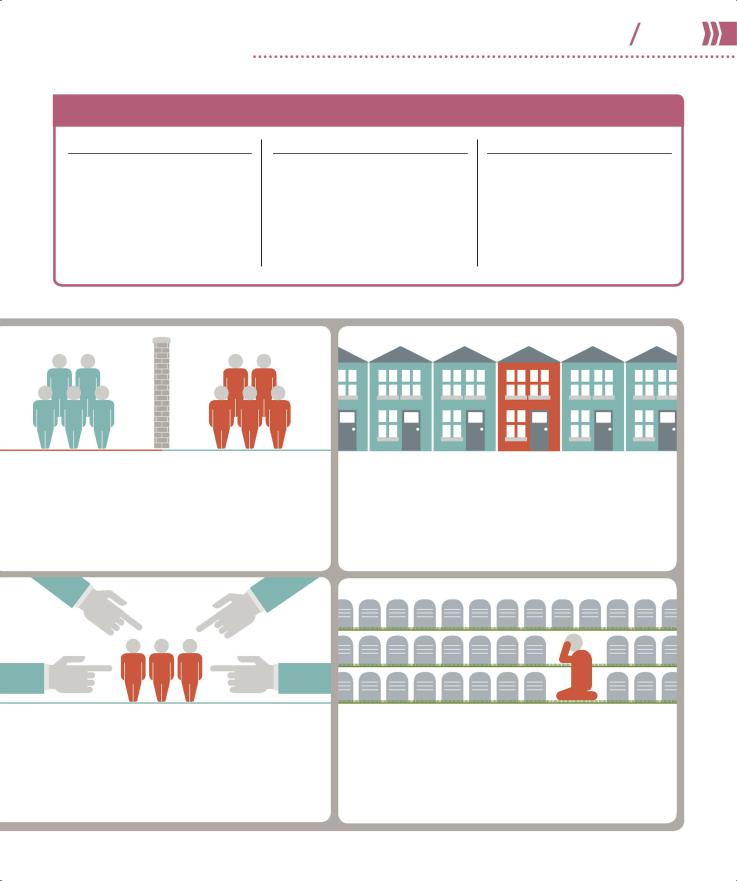
PSYCHOLOGY IN THE REAL WORLD |
210 211 |
Psychology in politics |
THEORIES OF NATIONALISM
Realistic Group Conflict Theory
Conflict develops between in-groups and out-groups when one group has a realistic reason to compete or fight with the other. These reasons may include limited land, food, or other resources that are critical—or perceived to be critical—to the group’s survival.
Social Identity Theory
Conflict can develop even when the in-group has nothing to gain from competing or fighting with the other. Feeling that their own nation is superior to others serves people’s basic need for self-esteem, so they show favoritism toward in-groups and hostility toward out-groups.
Social Dominance Theory
Because people try to maintain a group-based hierarchical structure, group oppression often becomes the norm. In most societies, there is a least one dominant and one subordinate group, which creates inequality with respect to race,
gender, ethnicity, nationality, or class.
2. A divided society In-group/out-group divisions can form along ethnic, religious, economic, or political lines. As leaders embrace these distinctions, the society can become dangerously divided. Under such circumstances, resentment tends to worsen on both sides.
5. Blaming the out-group Because members of the out-group are viewed in stereotyped terms they become easy scapegoats for the in-group’s failings and problems. The more problems they are perceived to cause, the angrier the in-group becomes.
3. The neighbor as “other” The in-group/out-group mentality causes different groups to view each other as the “other,” or as outsiders. This often occurs between people who live close to one another and are similar, such as the Catholics and Protestants of Northern Ireland. This causes distancing and the start of dehumanization of the “other.”
6. Eliminating the out-group When people have been marginalized, dehumanized, stereotyped, and scapegoated, they may finally become the victims of atrocities inflicted by the in-group. The Holocaust is an example of how an in-group can seek to destroy and eliminate an out-group.
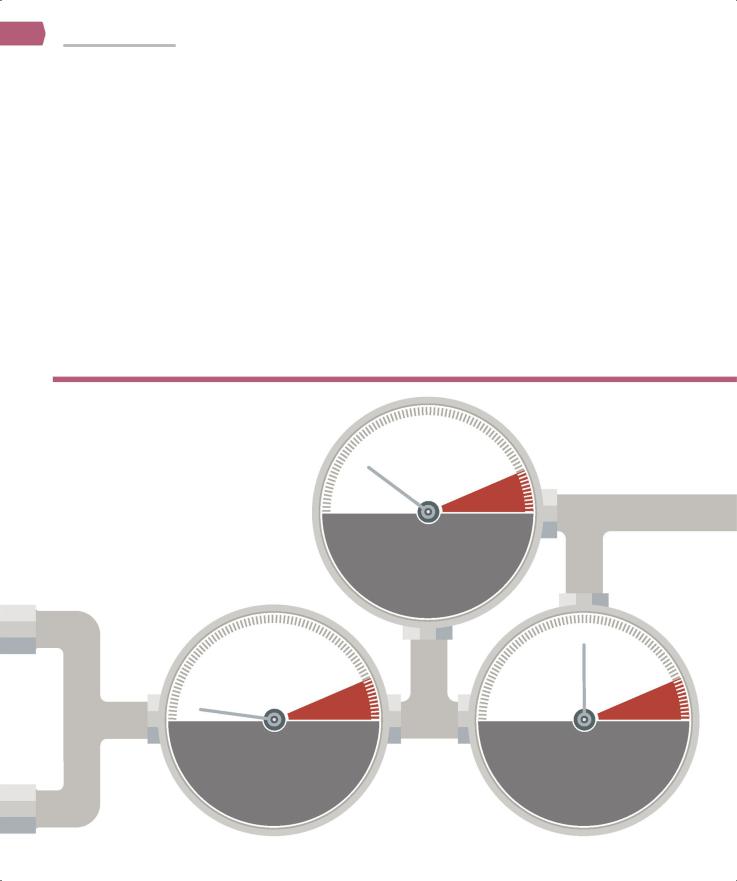
NATIONALISM
Discrimination and social hierarchy
Individuals and groups within societies may often discriminate against each other on the basis of attributes such as race, ethnicity, nationality, gender, age, sexual orientation, and class. These attitudes are learned from family, peers, and general social norms and values, and they result in powerful social hierarchies.
People in dominant groups are motivated to maintain the
social hierarchy in order to ensure that social and political systems
benefit them the most. They may encourage stereotypes, prejudices, xenophobia, and
ethnocentrism in order to enhance their power and dominance. Xenophobia often strengthens in-group/out-group thinking, while ethnocentrism often lies
at the heart of authoritarian behavior and terrorist acts.
In recent years there has been a great deal of social progress and activism aimed at establishing equality and human rights for
all people, regardless of race, sex, or ethnicity. Societies
are also becoming more diverse, which tends to increase people’s tolerance of those who are different from them. Indeed, the more diverse a society is, the less easy it is to distinguish one group as
the “other,” and regiment in-group/ out-group thinking against it. As
a result, discrimination is no longer broadly socially acceptable. However, despite the many advances that have taken place, many diverse societies still struggle with an established social hierarchy, as well as discriminatory beliefs and behaviors.
Allport’s scale of prejudice
Psychologist Gordon Allport studied the social, psychological, political, and economic processes that lead a society from prejudice and discriminatory behavior to violence, hate crimes, and even genocide. In his efforts to explain how the Holocaust happened, Allport created a five-stage scale to represent the level and manifestation of prejudice in a society. Progression up the scale shows that prejudice can begin with hateful words, turn into hateful behaviors, and end in violence.
|
|
|
2 |
Avo |
i |
|
|
|
|
e |
|
d |
a |
|
|
|
g |
|
|
|
n |
|
|
a |
|
|
|
|
c |
||
t |
|
|
|
|
|
|
e |
S |
|
|
|
|
|
|
|
|
|
|
|
|
|
|
|
SOCIAL EXCLUSION
The social rejection of individuals, making them feel invisible and avoiding their businesses, homes, schools, and places of worship.
|
|
1 |
|
e |
|
g |
|
|
a |
|
|
t |
|
|
S |
|
|
nt |
|
|
A |
ilo |
|
|
|
c |
|
|
u |
|
|
t |
|
|
i |
|
|
o |
|
|
n |
|
|
|
|
|
iscri |
mi |
|
|
|
|
|
|
D |
|
|
||
|
|
|
3 |
|
n |
|
||
|
|
|
e |
|
|
|
a |
|
|
|
g |
|
|
|
|
t |
|
|
|
|
|
|
|
i |
||
|
a |
|
|
|
|
|
o |
|
t |
|
|
|
|
|
|
||
|
|
|
|
|
|
n |
||
S |
|
|
|
|
|
|
|
|
HATEFUL SPEECH |
DENIED JOBS AND EDUCATION |
Verbal abuse, spiteful |
Discrimination in employment, |
gossip and rumor, using |
education, health care, housing, |
degrading names, |
and services. Laws may be |
stereotyping, and making |
passed to support the |
disrespectful jokes. |
discrimination. |

PSYCHOLOGY IN THE REAL WORLD |
212 213 |
Psychology in politics |
TERRORISM
Terrorism is the use of force or threats to demoralize, intimidate, and control people—especially as a political weapon. Terrorist acts are violent and dramatic, so as to attract publicity and cause alarm beyond the immediate crime scene. They typically involve an organized group, target civilians, and are carried out by individuals who are outside the government of the target country. One aim of political psychologists
is to identify what motivates people who commit such terrible crimes.
Who is involved? Terrorist leaders tend to be educated and from
a privileged background, but perpetrators are often poor, uneducated, and socially disenfranchised. They therefore may be susceptible to the rewards offered by the terrorist group, such as a feeling of solidarity.
Justification Many terrorists feel that they have no choice but to commit their crimes, and that they are acting in self-defense against a political or religious enemy.
Causes Various situational factors contribute to terrorism, including weak or corrupt governments, social injustice, and extremist ideologies.
Effects Terrorists usually target democracies because they are easier to infiltrate. The public response to an act of terrorism may, in turn, pose a threat to democracy as policies and laws to prevent future attacks run counter to its values. Terrorist attacks often result in an increase in intolerance, prejudice, and xenophobia.
|
|
|
|
|
|
ysi |
c |
|
|
|
|
|
|
h |
|
||
|
|
|
|
P |
|
a |
|
|
|
|
|
|
|
l |
a |
||
|
|
|
4 |
|
|
|
||
|
|
|
e |
|
|
|
|
t |
|
|
|
|
|
|
|
t |
|
|
|
g |
|
|
|
|
a |
|
|
a |
|
|
|
|
|
c |
|
t |
|
|
|
|
|
|
||
|
|
|
|
|
|
k |
||
S |
|
|
|
|
|
|
|
|
VIOLENCE
Acts of violence against people or their property, including physical bullying, physical assault, and even rape.
|
|
|
|
|
e |
r |
|
|
|
|
|
|
|
xt |
|
|
|
||
|
|
|
E |
|
m |
|
|
|
|
|
|
|
|
i |
|
|
|||
|
|
5 |
|
|
|
n |
|
||
|
|
e |
|
|
|
|
|
a |
|
|
g |
|
|
|
|
|
|
t |
|
|
|
|
|
|
|
|
i |
||
|
a |
|
|
|
|
|
|
|
o |
t |
|
|
|
|
|
|
|
||
|
|
|
|
|
|
|
n |
||
S |
|
|
|
|
|
|
|
|
|
GENOCIDE
Violence that can escalate from mass targeted attacks to the mass murder of a group in an attempt to destroy
it completely.
“… people who are aware of, and ashamed of, their prejudices are well on
the road to eliminating them.”
Gordon Allport, American psychologist
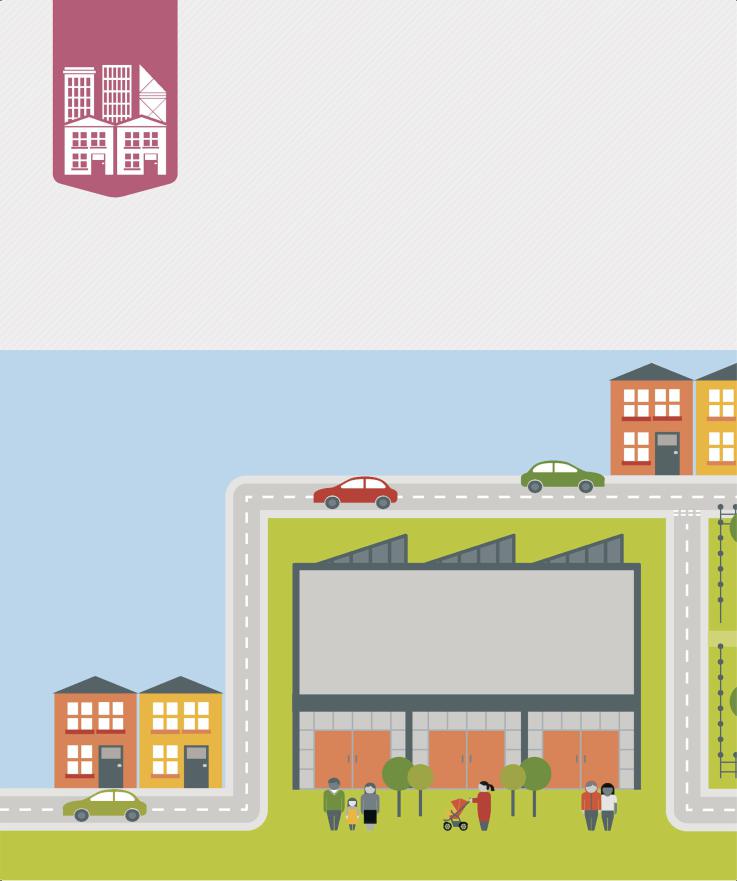
Psychology in the community
The communities—and, more broadly, the societies and cultures—in which people live have a profound impact on their psychological development. The people and places that surround an individual form the context in which they think, believe, and behave, and also construct the unspoken and spoken norms that govern their daily lives. But just as individuals are influenced by their surroundings, so, too, do individuals create and shape their cultures and communities.
Fields of study
The ways in which people both influence, and are influenced by, the world around them is a vast topic that can be broken down into a number of fields of psychological study. All of these fields of study aim to improve the quality of people’s lives, interactions,
and institutions.
Community
This forms the intersection between the individual, social, cultural, environmental, economic, and political aspects of people’s lives. Psychologists in this field can improve the health and quality of life of entire communities by working to empower and solve the issues of marginalized individuals.
Culture
The sum of a group of people’s attitudes, behavior, and customs passes from one generation to the next through language, religion, cuisine, social habits, and the arts. Cultural psychologists believe that different cultures engender different psychological responses in individuals.
Community center

“Sense of community is … a shared faith that members’ needs will be met through their commitment
to be together.”
Seymour B. Sarason, American principal leader in community psychology
Environment
People’s surroundings—the buildings in which they live or work, local amenities, even
climate—can strongly influence their psychological development. Issues such as urban decay or overcrowding negatively impact daily life. Conversely, access to plenty of sunlight or good housing, for example, can lift health and well-being.
PSYCHOLOGY IN THE REAL WORLD |
214 215 |
Psychology in the community |
KELLY’S ECOLOGICAL PERSPECTIVE
Psychologist James Kelly likens communities to an ecological system built on four principles:
Adaptation Individuals continually adapt to the needs and constraints of their environment and vice versa.
Succession The history of a community informs the current attitudes, norms, structures, and policies.
Cycling of resources
Individual talents, shared values, and the tangible products resulting from these resources need to be identified, developed, and nurtured.
Interdependence Changes to one aspect of a setting, such as a school, affect the whole, since all systems are complex.
CROSS-CULTURAL PSYCHOLOGY
This field studies how cultural factors influence human behavior and searches for universals across populations. One aim of crosscultural research is to balance out any Western bias, given that psychology emerged in the US and Europe. Factors include:
Attitudes The ways that people evaluate objects, issues, events, and each other.
Behaviors How people act or conduct themselves.
Customs Accepted ways of doing things that are specific to a place or society.
Values Principles and standards that govern behavior.
Norms The accepted modes of expression and interaction.
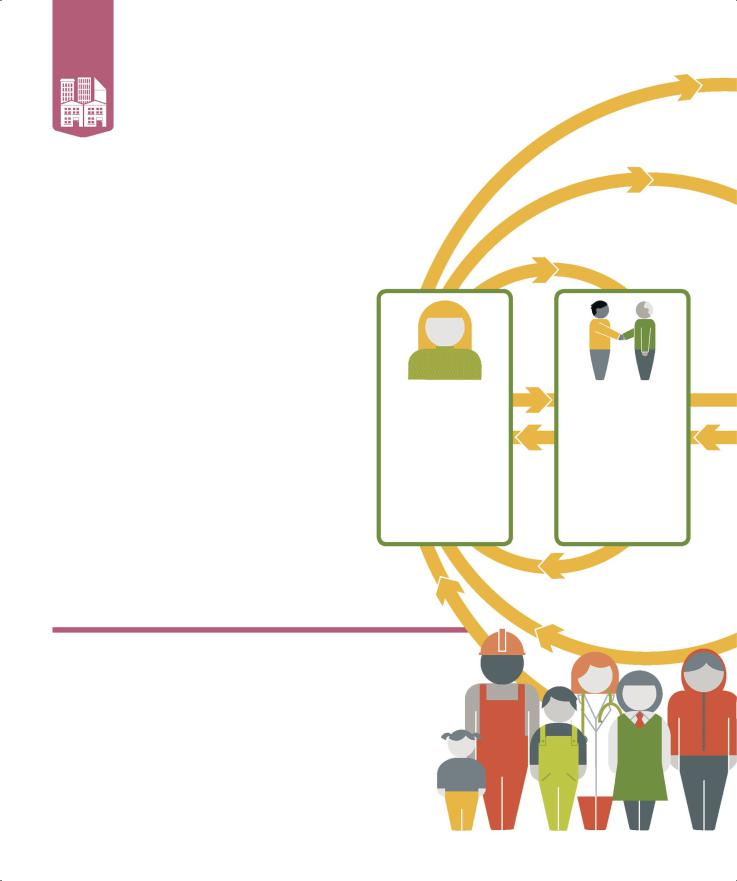
How community works
Communities are continually evolving ecosystems of individuals who share something in common, and both feed into and reflect the broader culture.
What is it?
Communities form around a variety of commonalities, such as living in close proximity, or shared interests, values, occupations, religious practices, ethnic origin, sexual orientation, or hobbies. Communities support individual identities while also giving everyone the opportunity to be a part of something larger and more integrated. This involvement contributes to a person’s psychological sense of community—feeling similar to others, acknowledging interdependence, belonging, and being part of a stable structure.
Community psychologists McMillan and Chavis list and define the four elements that contribute to a psychological sense of community as membership, influence, integration, and emotional connection. Membership gives a sense of safety, belonging, and personal investment. Influence refers to the reciprocal
relationship between a group and each of its members. Integration and fulfillment of a community member occurs when they are rewarded for their participation in the community. Shared emotional connection, including a shared history, is arguably the most defining element of a true sense of community.
The individual
This is the smallest unit in the culture cycle. How the individuals think and behave collectively shapes the wider culture in which they live.
“A community is like a ship; everyone ought to be prepared to take the helm.”
Henrik Ibsen, Norwegian playwright
The culture cycle
In this reciprocal process, the thoughts and behavior of individuals shape the broader culture, while culture simultaneously molds individuals’ thoughts and behaviors—perpetuating
the culture. The cycle involves four planes: individual selves, interactions between people, institutions, and ideas.
INTERACTION EFFECT
The ways that individuals interact form the basis of community.
Interactions
Guided by implicit behavioral norms, people's daily interactions with other people and products continually reflect and reinforce the culture cycle.
INSTITUTIONAL INFLUENCE
Institutions create and uphold the norms that govern interactions within the community.
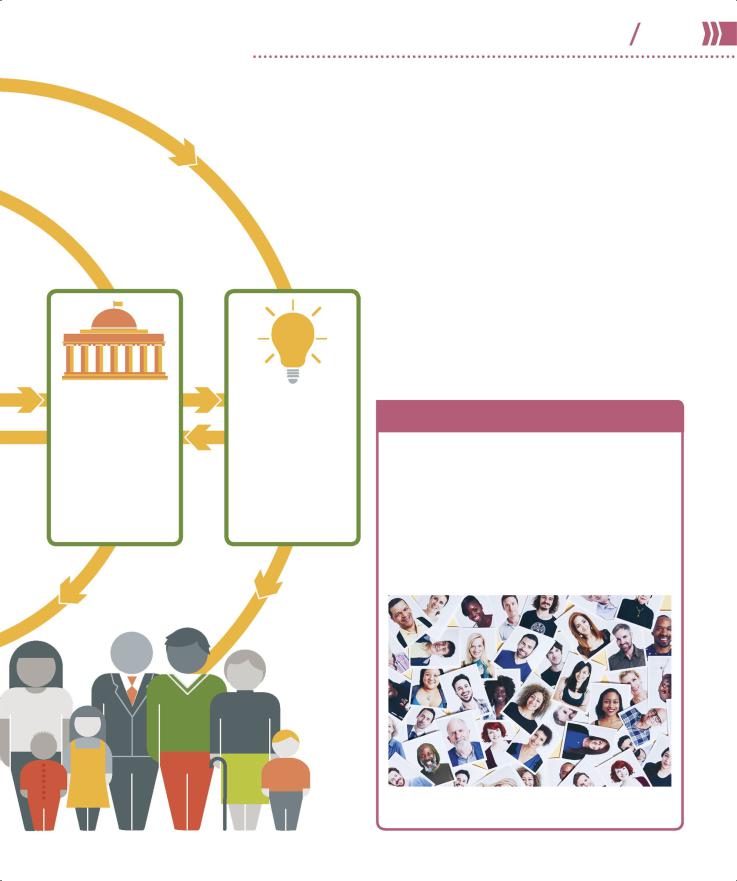
PSYCHOLOGY IN THE REAL WORLD |
216 217 |
Psychology in the community |
INDIVIDUAL EFFECT
Individuals are the building blocks of interactions, institutions, and ideas.
What do community psychologists do?
Community psychologists seek to understand how individuals function within groups, organizations, and institutions, and use this understanding to enhance the quality of lives and communities. They study people within the various contexts and environments of their day-to-day lives, including their home, work, school, places of worship, and recreational centers.
The aim of community psychologists is to help people take greater control of their environment. They develop systems and programs that promote individual growth, prevent social and mental health problems, and help everyone to live dignified lives as contributing members of their community. This involves teaching community members to identify and correct problems, and implementing effective ways for marginalized or institutionalized people to reenter mainstream society.
Institutions |
Ideas |
Everyday interactions |
Cultures are held |
take place within |
together by ideas. |
institutions that both |
They inform practices |
establish and uphold |
and patterns, as well |
cultural norms. They |
as people’s sense of |
may be economic, |
self, their interaction |
legal, governmental, |
with others, and |
scientific, or religious. |
societal institutions. |
|
INFLUENCE |
|
OF IDEAS |
|
Ideas are the |
|
foundation of |
|
all individual and |
|
collective behavior. |
IMPORTANCE OF DIVERSITY
Diversity, whether of race, gender, religion, sexual orientation, socioeconomic background, culture, or age, is an essential part of a healthy and progressive community. Inclusive communities have been shown to be more productive, because diversity spurs people
to question their assumptions and consider alternatives, encouraging hard work and creativity. Diversity also provides everyone in the community with a richer life experience and a broader frame of reference, increasing the psychological well-being of the group.
PEOPLE FROM DIFFERENT BACKGROUNDS offer varying perspectives, generating a range of ideas that fuel ingenuity.
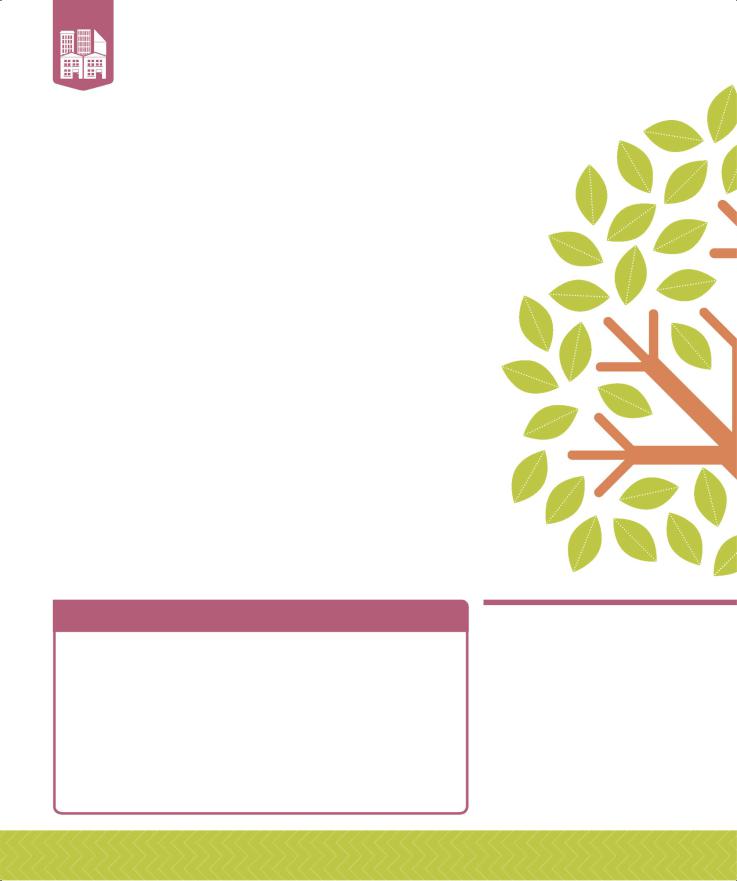
Empowerment
The active process that enables people to make positive social changes and gain control over issues at both an individual and a wider level is known as empowerment.
What is it?
One of the goals of community psychology is to empower both individuals and communities, particularly those that have been marginalized by mainstream society. Empowerment helps people and groups pushed to the edges of society to access resources previously denied to them.
Marginalized people may include racial, ethnic, or religious minorities; the homeless; or people who have deviated from societal norms—for example, as a result of substance use disorder (pp.80–81). One of the consequences of marginalization is a downward spiral—an individual is unable to
find a job; because they have no job, they are not self-supporting and lack a sense of professional pride and achievement; their selfconfidence suffers as a result; and eventually their social and
psychological health suffers, increasing dependence on charity and social welfare programs. Empowerment involves putting measures in place to give such individuals autonomy and selfsufficiency. Social justice, an actionoriented approach to research, and an effort to influence public policy are its building blocks.
Community psychologists can help people to find employment, encourage them to develop useful skills, and work with them to eliminate their dependence on charitable support. They carry out their tasks with great respect and reflection about what is best for individuals and their communities and how to deliver this positive change. At its heart, empowerment celebrates all cultures, supports community strengths, and reduces oppression by honoring human rights and respecting diversity.
ZIMMERMAN’S THEORY
Community psychologist Marc Zimmerman defines empowerment as “a psychological process in which individuals think positively about their ability to make change, and gain mastery over issues at individual and social levels.”
Zimmerman has highlighted the difference between empowerment in practice and empowerment in theory. Although people often
consider the practical manifestation of empowerment—the actions taken to bring about positive social change—it also exists as a theoretical model, giving it broader and more long-term relevance. The theory of empowerment is a useful tool for understanding the process of exerting influence over decisions across all levels of a society, from the individual to the community as a whole.
Three-tiered system
Empowerment theory can apply to three distinct but interrelated levels in society: the individual, organizations, and the community. Each level links to the others as both a cause and a consequence of empowerment. The degree of empowerment at each level directly affects empowerment across the whole of society.
